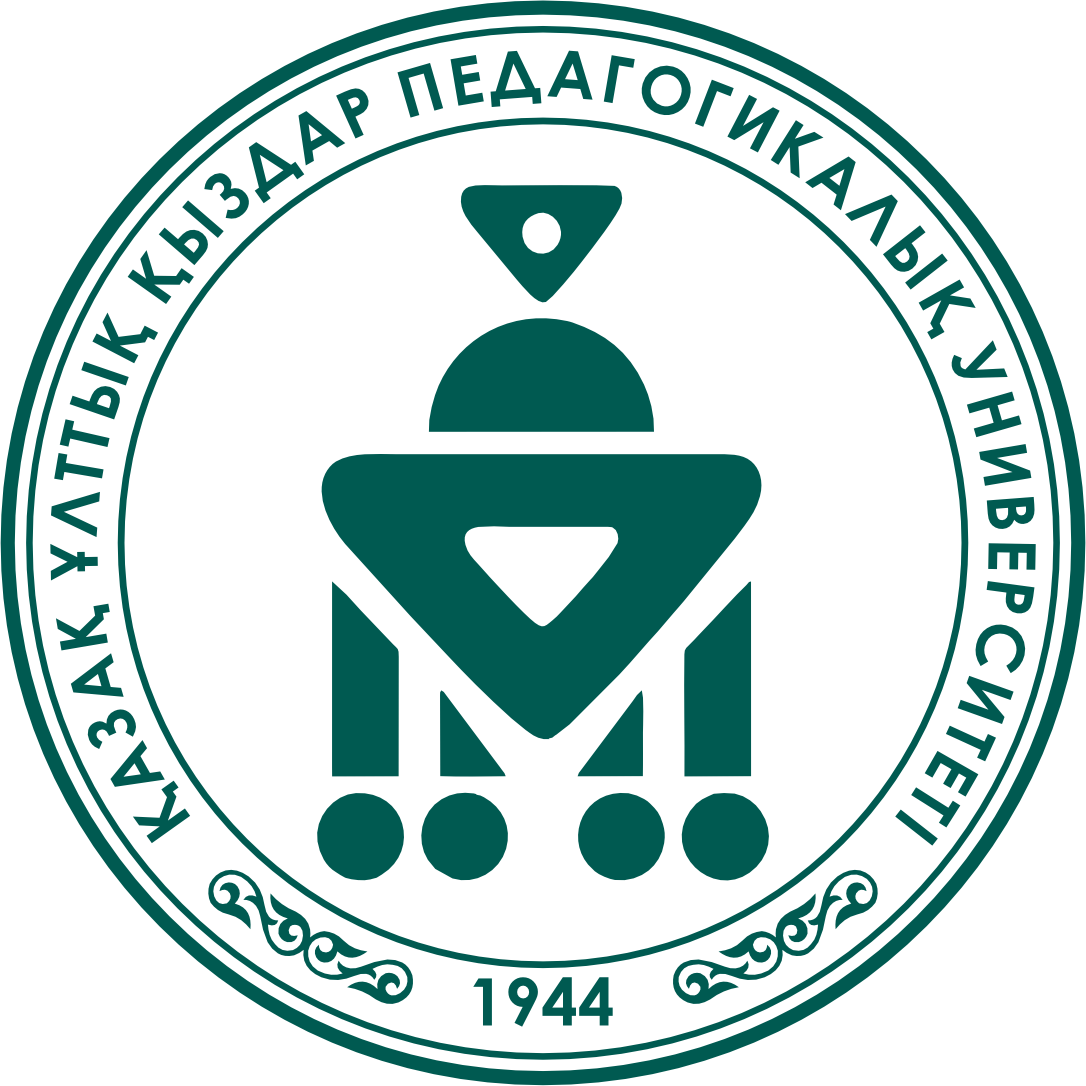-
31 october, 2024
![Selcuk University Professor Alaаddin Akkoz Held a Seminar at QyzPU]()
As part of the Visiting Scholar program, Professor Alaaddin Akoz Selcuk University conducted a seminar on “Turkestani Pilgrims and the Ottoman State.” During the seminar, the professor explained that the name “Turkestan” means “land of the Turks” or “Turkish homeland.” He also noted that the connections between the khanates of Turkestan and the Ottoman Empire began in the 16th century, classifying these connections into several categories: diplomatic, political, military, religious, and trade relations.
The first Turkestani pilgrims began their pilgrimage via the Ottoman state in the mid-16th century. At that time, there were three routes for pilgrimage: the first was the sea route through northern and eastern Black Sea ports; the second was the Trans-Caucasian route, also known as the Baghdad and Hejaz route; the third was the southern route starting from Samarkand, passing through Afghanistan and India. The professor showed these routes on a map and explained them to students.
He also mentioned that the number of pilgrims doubled with the opening of the Trans-Siberian Railway in 1899, as the railway journey was safer than the land and sea routes. Additionally, the Ottoman state provided visa and financial support to Turkestani pilgrims passing through Istanbul, and later, this matter was addressed at the state level, with special funds established for pilgrims in the early 20th century.
Share:
-
About Us
- Rector’s Blog
- University activities
- History
- Notable Alumni
- Structure
- Corporate Governance
- Top-management
- Audit Service
- Compliance Service
- Jobs
- Academic Council
- Development Program
- External Assessment
- Quality management system
- Mission
- Sustainable development
- Infrastructure
- Media
- Normative legal documents
- Aqtumar museum
- Admission
-
Education
- Educational programs
-
Professors
- Institute of Pedagogy and Psychology
-
Institute of Philology
- Department of Theory and Methodology of the Kazakh Linguistics
- Department of Kazakh Literature
- Department of The Russian Language and Literature
- Department of Teaching Methods of Foreign Language and Intercultural Communication
- Department of professional training of foreign languages
- Department of practical foreign language
- Institute of Physics, Mathematics and Computing
- Institute of Natural Sciences
-
Institutes
- Institute of Natural Sciences
- Institute of Pedagogy and Psychology
- Institute of Social Sciences, Humanities and Art
- Institute of Physics, Mathematics and Computing
-
Institute of Philology
- Deprtament of Professional Foreign Language Training
- Department of «Theory and Methodology of Kazakh Linguistics»
- Department of «The Russian Language and Literature»
- Department of «Kazakh Literature»
- Department of practical foreign language
- The Department of Foreign Language Teaching Methodology and Intercultural Communication
- Institute leadership
- College
- Department of Distance Education
- Educational and methodical association
- Center for Pedagogical Excellence
- Student Assistance Center
- Coordination Council
- Department of Practice and Career
- Non-formal Education Center
- Center for Women's Leadership and Entrepreneurship
- Center for the Development of Inclusive and Special Education
-
Science
- International Cooperation
- For Students
- e-University
-
-
About Us
- Rector’s Blog
- University activities
- History
- Notable Alumni
- Structure
- Corporate Governance
- Top-management
- Audit Service
- Compliance Service
- Jobs
- Academic Council
- Development Program
- External Assessment
- Quality management system
- Mission
- Sustainable development
- Infrastructure
- Media
- Normative legal documents
- Aqtumar museum
-
About Us
-
-
Education
- Educational programs
-
Professors
- Institute of Pedagogy and Psychology
-
Institute of Philology
- Department of Theory and Methodology of the Kazakh Linguistics
- Department of Kazakh Literature
- Department of The Russian Language and Literature
- Department of Teaching Methods of Foreign Language and Intercultural Communication
- Department of professional training of foreign languages
- Department of practical foreign language
- Institute of Physics, Mathematics and Computing
- Institute of Natural Sciences
-
Institutes
- Institute of Natural Sciences
- Institute of Pedagogy and Psychology
- Institute of Social Sciences, Humanities and Art
- Institute of Physics, Mathematics and Computing
-
Institute of Philology
- Deprtament of Professional Foreign Language Training
- Department of «Theory and Methodology of Kazakh Linguistics»
- Department of «The Russian Language and Literature»
- Department of «Kazakh Literature»
- Department of practical foreign language
- The Department of Foreign Language Teaching Methodology and Intercultural Communication
- Institute leadership
- College
- Department of Distance Education
- Educational and methodical association
- Center for Pedagogical Excellence
- Student Assistance Center
- Coordination Council
- Department of Practice and Career
- Non-formal Education Center
- Center for Women's Leadership and Entrepreneurship
- Center for the Development of Inclusive and Special Education
-
Education







